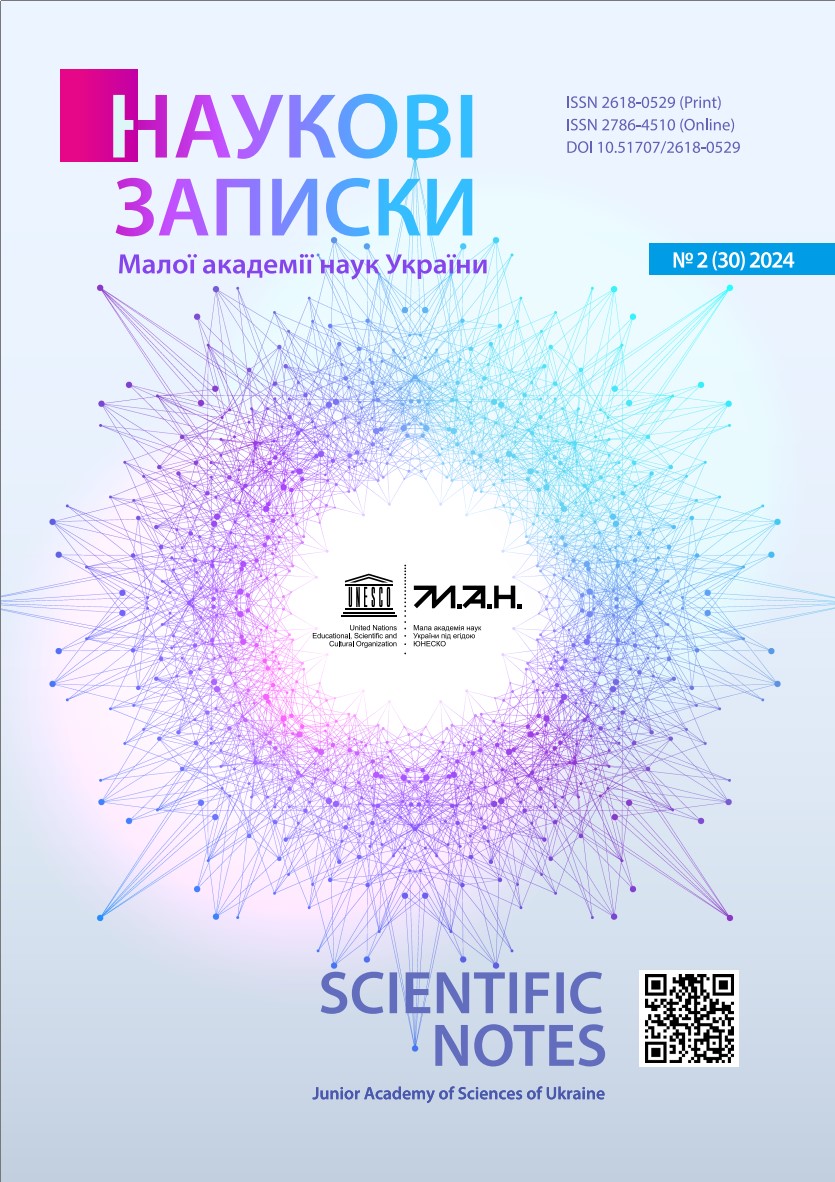Lexicographic aspects of assessing students’ intellectual potentia
DOI:
https://doi.org/10.51707/2618-0529-2024-30-03Keywords:
linguistic technologies, lexicography, ontology, multidimensional evaluation, semantic field, narrative, rating.Abstract
The article analyzes the process of using lexicographic models and systems to assess the levels of intellectual development of students. The category of lexicography is considered in detail. Lexicographic models and systems are considered as the conceptual basis of educational and scientific narratives that can be created by students in various thematic areas. To assess the intellectual potential, a method of comparing lexicographic models formed in the minds of students in the process of their educational and cognitive activities with lexicographic systems that define the conceptual basis of standardized thematic knowledge systems is proposed. It is proposed to use scientific works of worldfamous scientists as standardized thematic knowledge systems. For this purpose, the concept of semantic field is introduced, which reflects the set of concepts that make up the thematic knowledge systems in the format of an ontology. The task of comparing lexicographic systems is to identify the levels of consolidation of ontologies. The use of Levenshtein distance, Voronoi diagrams, Lloyd’s algorithm, language modeling (Language Understanding) using the BERT approach as means of calculating the levels of equivalence and consolidation of lexicographic systems of students’ narratives and famous scientists is substantiated. The methods of multidimensional evaluation and ranking are used to calculate the levels of students’ lexicographic systems in relation to the systems of thematic knowledge of a famous scientist and the corresponding rating of their positioning in this system of scientist’s knowledge. The article presents an example of calculating the positioning of students’ lexicographic systems in the semantic field of the worldfamous cyberneticist and mathematician Viktor Glushkov, based on the semantic analysis of students’ scientific works in the competition of the Junior Academy of Sciences, thematic area of cybernetics, mathematics.
References
Shyrokov, V. A. (2005). Elementy leksykohrafii [Elements of lexicography]. Kyiv : Dovira [in Ukrainian].
Piaget, J. (1951). The Psychology of Intelligence. London : Routledge and Kegan Paul.
Smulson, M. L. (2003). Psykholohiia rozvytku intelektu [Psychology of intelligence development]. Kyiv : Nora-Druk [in Ukrainian].
Shyrokov, V. A. (2004). Fenomenolohiia leksykohrafichnykh system [Phenomenology of lexicographic systems]. Kyiv : Naukova dumka [in Ukrainian].
Charpak, G., Léna, P., & Quéré, Y. (2005). Children and science / Edit. Odile Jacob [in French].
Kalytych, H. I. (2008). Konsolidatsiia informatsii, znan i mudrosti yak proektuvannia i osnova harmoniinoho postupu Ukrainy [Consolidation of information, knowledge and wisdom as design and basis of harmonious progress of Ukraine]. NTI, 1, 51 [in Ukrainian].
Jardine, D. A. (Ed.). (1977). The ANSI/SPARC DBMS Model : Proceedings of the Second SHARE Working. Canada, Montreal : North-Holland Pub. Co.
Rydeheard, D. E., & Burstall, R. M. (1988). Computational Category Theory. New York : Prentice Hall.
Cannataro, M., & Talia, D. (2004). Semantics and knowledge grids: building the next-generation grid. IEEE Intelligent Systems and Their Applications, 19 (1), 56–63.
Levenshtein, V. I. (1966). Binary codes capable of correcting deletions, insertions, and reversals. Reports of the USSR Academy of Sciences Soviet Physics Doklady, 10 (8), 707–710.
Voronoi, G. F. (1908). New applications of continuous parameters to the theory of quadratic forms. Journal für die reine und angewandte Mathematik, 134, 198–287 [in French].
Lloyd, S. (1982). Least squares quantization in PCM. IEEE Transactions on Information Theory, 28, 2, 129–137.
Clark, K., Khandelwal, U., Levy, O., & Manning, C. D. (2019). What Does BERT Look at? An Analysis of BERT’s Attention. Analyzing and Interpreting Neural Networks for NLP : Proceedings of the 2019 ACL Workshop BlackboxNLP. Stroudsburg, PA, USA : Association for Computational Linguistics. (Pр. 276– 286). arXiv:1906.04341. DOI: 10.18653/v1/w19-4828.
Saaty, T. L. (2001). Decision Making with Dependence and Feedback. The Analytic Network Process. Pittsburgh, Pennsylvania : RWS Publications.
Pluta, W. (1979). Methods of multivariate comparative analysis in modeling of infomwcj i economic of industrial combine. Wroclaw [in Polish].
Downloads
Published
How to Cite
Issue
Section
License
Copyright (c) 2024 Scientific notes of Junior Academy of Sciences of Ukraine

This work is licensed under a Creative Commons Attribution 4.0 International License.













